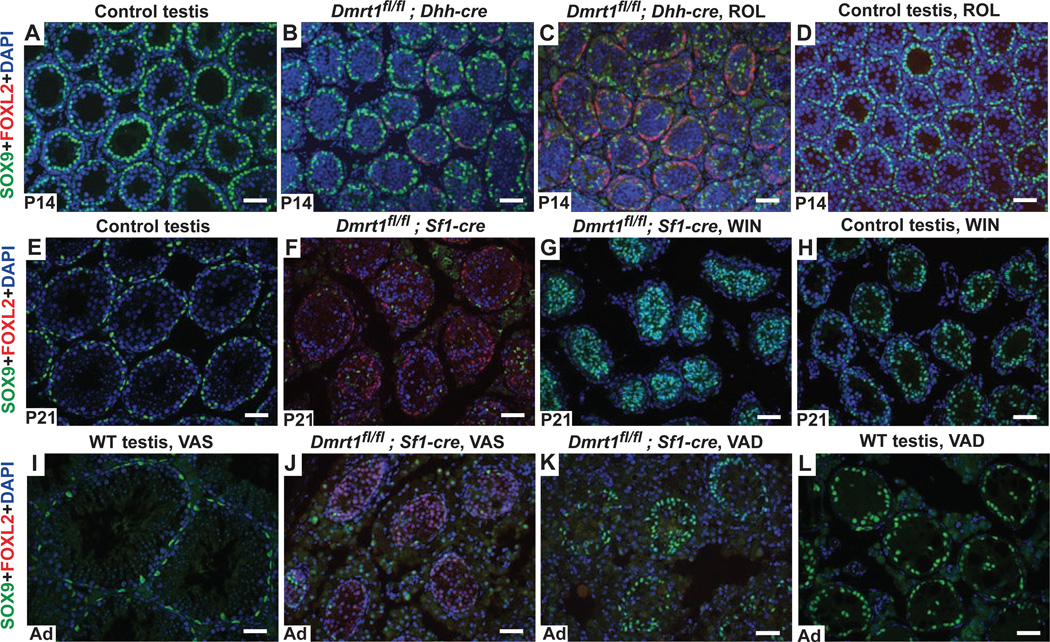Figure 4. Retinoid signaling promotes transdifferentiation of Dmrt1 mutant Sertoli cells.
A-D, Retinol treatment enhances transdifferentiation. At P14 control testes from Dmrt1fl/+ animals injected with vehicle (PBS) had no FOXL2 positive transdifferentiated cells at P14 (A) and vehicle-injected conditional mutants deleted with Dhh-Cre (B) had small numbers of transdifferentiated cells at this stage. Retinol acetate (ROL) injection at P4 into conditional mutant testes resulted in many FOXL2 positive cells at P14 (C), whereas injection of ROL into control testes did not induce transdifferentiation (D). E-H, Inhibition of RA synthesis suppresses transdifferentiation. At P21 testes of Dmrtfl/fl control animals (E) treated from P5 with vehicle (1% gum tragacanth) had no FOXL2-positive transdifferentiated cells while vehicle-treated conditional mutants deleted with Sf1-Cre were extensively transdifferentiated (F). Treatment of conditional mutants with WIN 18,446 almost completely suppressed transdifferentiation (G). Treatment of controls with WIN 18,446 disrupted spermatogenesis (H), confirming that the RA synthesis was blocked. I-L, Dietary vitamin A depletion suppresses transdifferentiation. Relative to testes from wild type adult mice on vitamin A sufficient (VAS) diets (I), VAS adult testes with Dmrt1 deleted using Sf1-cre (J) had many transdifferentiated cells expressing FOXL2. (Note that conditional loss of Dmrt1 in Sertoli cells also causes postnatal germ cell loss.) Dietary vitamin A depletion of conditional Dmrt1 mutant mice, starting in utero, reduced the number of FOXL2 positive cells and increased the number of SOX9 positive cells (K). VAD treatment of wild type mice had no effect on Sertoli cell differentiation or maintenance but blocked spermatogonial differentiation, confirming the effectiveness of VAD and resulting in largely empty seminiferous tubules (L). Scale bars, 40 µm.

